Is pancreatic cancer hereditary? Are there any genetic mutations associated with it? Our pancreatic cancer expert Florencia McAllister, M.D., weighs in on these questions and seven more.
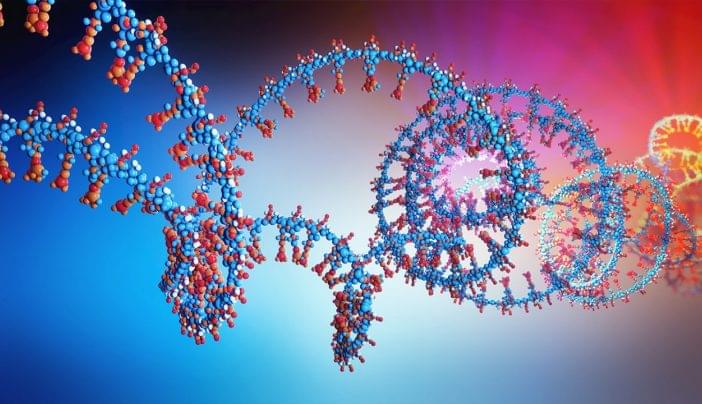

No questions concerning plasma dilution or E5, but a good interview with chapters.
Professor Matt Kaeberlein discusses the Dog Aging Project, longevity, Rapamycin, mTOR, and if we can ‘solve aging’
Timestamps:
0:00 Dog Aging Project.
4:18 Intermittent fasting.
10:23 Best longevity lifestyle.
16:25 Rapamycin & mTOR
23:27 Rapamycin human study.
30:18 Protein restriction diets.
39:46 Combination longevity therapies.
45:38 SGLT2i therapies.
47:23 Metformin & longevity.
52:50 Navigating misinformation.
55:28 Creatine.
59:00 Best exercises for longevity.
01:03:00 Can we solve aging?
01:09:45 Epigenetic reprogramming.
1:16:50 Supplements Dr Kaeberlein takes.
Donate towards our Rapamycin & Exercise clinical study: https://bit.ly/3QwugRx.
My full supplement stack: https://drstanfield.com/my-supplements/
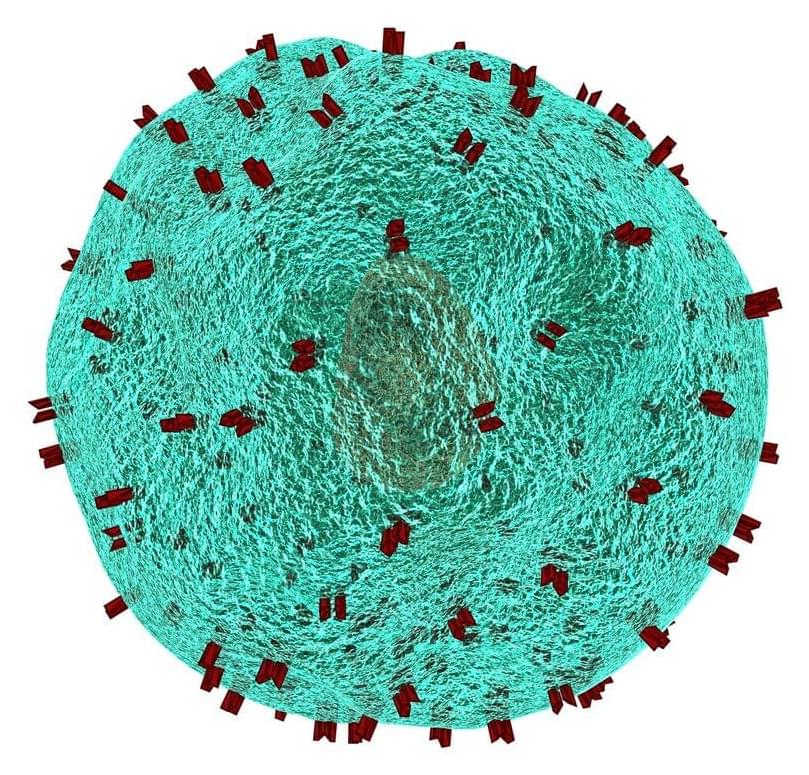
Engineered immune cells, known as CAR T cells, have shown the world what personalized immunotherapies can do to fight blood cancers. Now, investigators have reported highly promising early results for CAR T therapy in a small set of patients with the autoimmune disease lupus. Penn Medicine CAR T pioneer Carl June, MD, and Daniel Baker, a doctoral student in Cell and Molecular Biology in the Perelman School of Medicine at the University of Pennsylvania, discuss this development in a commentary published today in Cell.
“We’ve always known that in principle, CAR T therapies could have broad applications, and it’s very encouraging to see early evidence that this promise is now being realized,” said June, who is the Richard W. Vague Professor in Immunotherapy in the department of Pathology and Laboratory Medicine at Penn Medicine and director of the Center for Cellular Immunotherapies at Penn’s Abramson Cancer Center.
T cells are among the immune system’s most powerful weapons. They can bind to, and kill, other cells they recognize as valid targets, including virus-infected cells. CAR T cells are T cells that have been redirected, through genetic engineering, to efficiently kill specifically defined cell types.

A multi-gene expression signature in tumors is associated with aggressive disease and poor patient outcomes, and it has the potential to become a genetic cancer biomarker.
The human cell’s primary source of energy, the mitochondria plays an important role in the metabolism of cancer cells. In a study recently published in PLOS ONE, researchers from throughout the world, including Dario C. Altieri, M.D., president and chief executive officer, director of the Ellen and Ronald Caplan Cancer Center, and Robert and Penny Fox Distinguished Professor at The Wistar Institute, have identified a particular gene signature indicative of mitochondrial reprogramming in tumors that is associated with a poor patient outcome.
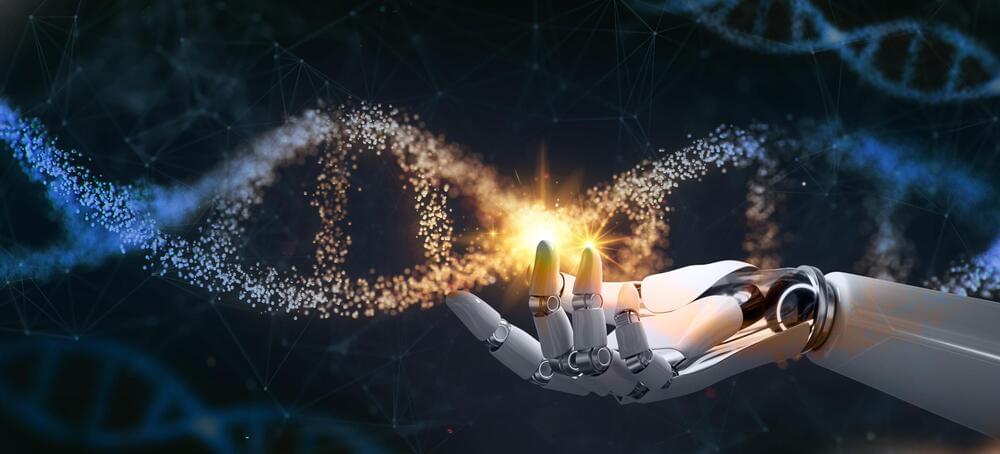
With the help of an AI, researchers at Chalmers University of Technology, Sweden, have succeeded in designing synthetic DNA that controls the cells’ protein production. The technology can contribute to the development and production of vaccines, drugs for severe diseases, as well as alternative food proteins much faster and at significantly lower costs than today.
How genes are expressed is a process that is fundamental to the functionality of cells in all living organisms. Simply put, the genetic code in DNA is transcribed to the molecule messenger RNA (mRNA), which tells the cell’s factory which protein to produce and in which quantities.
Researchers have put a lot of effort into trying to control gene expression because, among other things, it can contribute to the development of protein-based drugs. A recent example is the mRNA vaccine against COVID-19, which instructed the body’s cells to produce the same protein found on the surface of the coronavirus.
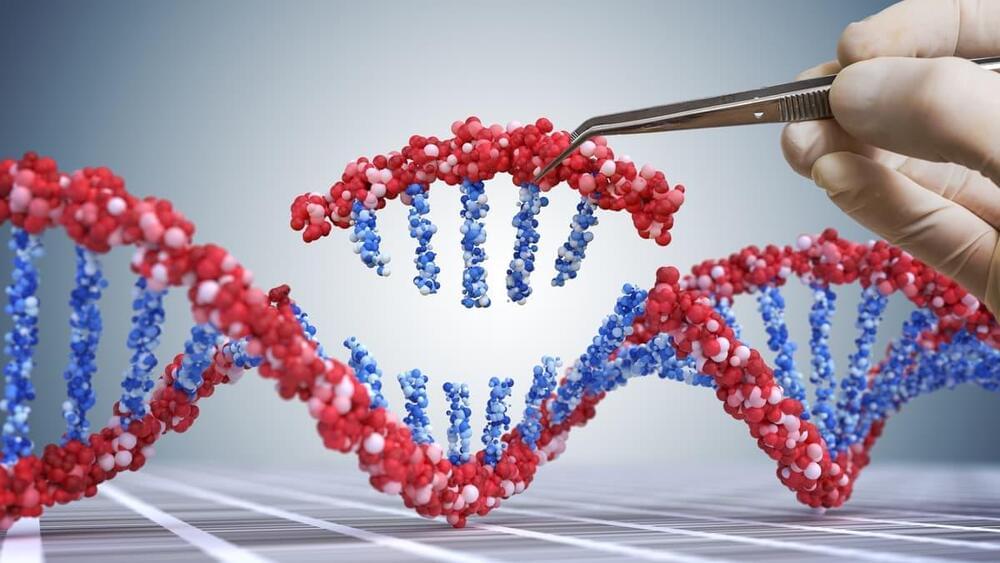
A new technique has been added to the CRISPR gene-editing toolbox. Known as PASTE, the system uses virus enzymes to “drag-and-drop” large sections of DNA into a genome, which could help treat a range of genetic diseases.
The CRISPR system originated in bacteria, which used it as a defense mechanism against viruses that prey on them. Essentially, if a bacterium survived a viral infection, it would use CRISPR enzymes to snip out a small segment of the virus DNA, and use that to remind itself how to fight off future infections of that virus.
Over the past few decades, scientists adapted this system into a powerful tool for genetic engineering. The CRISPR system consists of an enzyme, usually one called Cas9, which cuts DNA, and a short RNA sequence that guides the system to make this cut in the right section of the genome. This can be used to snip out problematic genes, such as those that cause disease, and can substitute them with other, more beneficial genes. The problem is that this process involves breaking both strands of DNA, which can be difficult for the cell to patch back up as intended, leading to unintended alterations and higher risks of cancer in edited cells.

Scientists in Berlin have been studying a strange hereditary condition that causes half the people in certain families to have shockingly short fingers and abnormally high blood pressure for decades. If untreated, affected individuals often die of a stroke at the age of 50. Researchers at the Max Delbrück Center (MDC) in Berlin discovered the origin of the condition in 2015 and were able to verify it five years later using animal models: a mutation in the phosphodiesterase 3A gene (PDE3A) causes its encoded enzyme to become overactive, altering bone growth and causing blood vessel hyperplasia, resulting in high blood pressure.
“High blood pressure almost always leads to the heart becoming weaker,” says Dr. Enno Klußmann, head of the Anchored Signaling Lab at the Max Delbrück Center and a scientist at the German Centre for Cardiovascular Research (DZHK). As it has to pump against a higher pressure, Klußmann explains, the organ tries to strengthen its left ventricle. “But ultimately, this results in the thickening of the heart muscle – known as cardiac hypertrophy – which can lead to heart failure greatly decreasing its pumping capacity.”
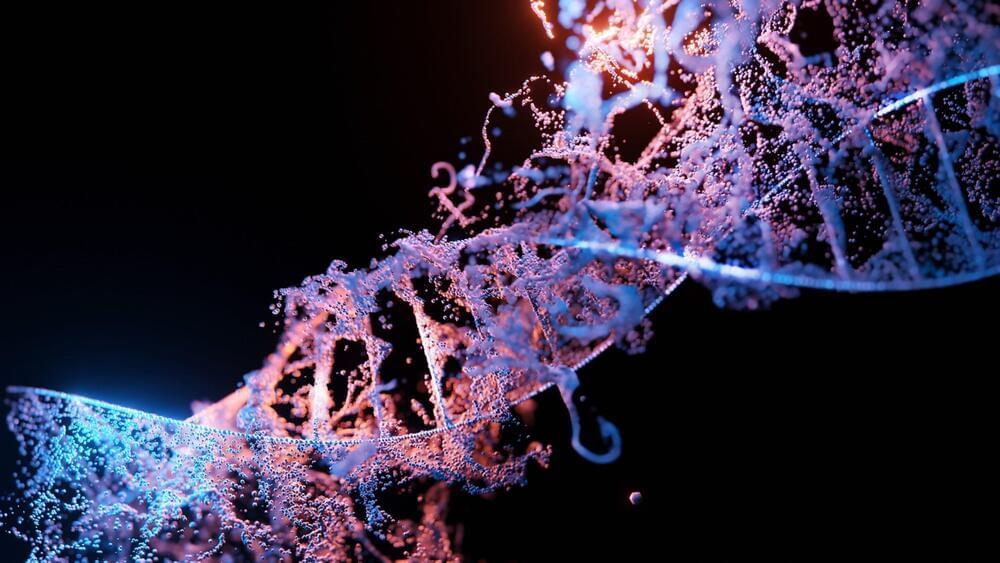
Building on the CRISPR gene-editing system, MIT researchers have designed a new tool that can snip out faulty genes and replace them with new ones, in a safer and more efficient way.
Using this system, the researchers showed that they could deliver genes as long as 36,000 DNA base pairs to several types of human cells, as well as to liver cells in mice. The new technique, known as PASTE, could hold promise for treating diseases that are caused by defective genes with a large number of mutations, such as cystic fibrosis.
“It’s a new genetic way of potentially targeting these really hard to treat diseases,” says Omar Abudayyeh, a McGovern Fellow at MIT’s McGovern Institute for Brain Research. “We wanted to work toward what gene therapy was supposed to do at its original inception, which is to replace genes, not just correct individual mutations.”
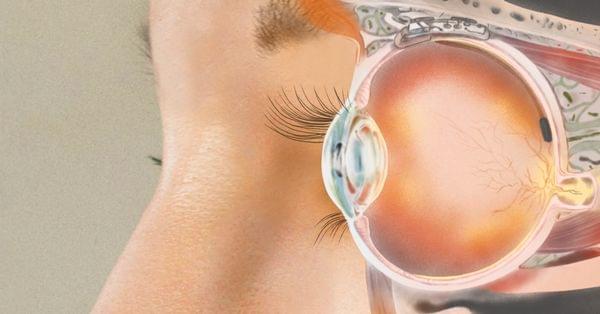
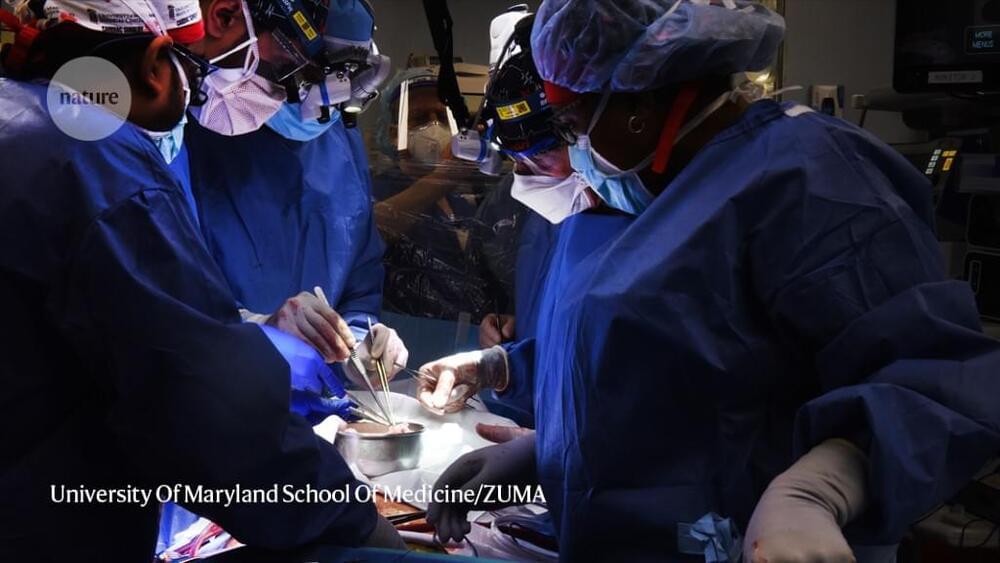
Unnecessary playing with nature.
In January, Bennett’s doctors offered him the chance to receive a heart from a pig. He took it. “I know it’s a shot in the dark, but it’s my last choice,” he said in a press release from the University of Maryland Medical Center in Baltimore, where he was being treated. On 7 January, doctors transplanted the heart, which had been genetically modified so that the human body would tolerate it.
Bennett survived for eight weeks with his new heart before his body shut down. After his death, the research team learnt that the transplanted organ was infected with a pig herpesvirus that had not been detected by tests1.
But even a few weeks is a long time for an animal organ placed in a human, known as a xenotransplant. Given that the human immune system begins attacking non-genetically modified pig organs in minutes, other xenotransplantation researchers are impressed with the experiment. “It’s actually beyond my expectation that the patient lived up to two months,” says Luhan Yang, a bioengineer and chief executive of Qihan Biotech in Hangzhou, China. “I think it’s a victory for the field.”